Solid, well-paid long-lasting careers in cybersecurity messaging is everywhere. These cybersecurity jobs are in demand, yet there are not enough people to fulfill the many roles that make up this industry. As a result, your classrooms fill up with eager learners ready to start their transition into cybersecurity.

How do you prepare them for the ever-changing job market and rise above their competition: job automation?
With the continued advancements in technology over the last decade in combination with the current pandemic’s impact, it’s clear that we have fully transitioned into an informational society. With this societal shift, the third wave of education is in momentum.
The Third Wave: Demand-driven Education
A collaboration between educators and workplace industry leaders
“Any man’s death diminishes me, because I am involved in mankind; therefore never send to know for whom the bells tolls; it tolls for thee.” – John Donne
Since the 1980s, there have been calls for educational reform. In “The Search for Meaningful Reform: A Third-Wave Educational System (opens new window)” publication by Charles M. Reigeluth, Charles pinpoints the American schools’ problems to the educational system’s structure (the teaching process and its organization). In essence, the current system erodes the desire to learn and disheartens those who teach.
For example, Charles illustrates how past educational systems worked for their respective society:
- The First Wave: one-room schoolhouse served the agricultural society
- The Second Wave: timed, rotating group-level instruction served the industrial society (and continues to serve us today)
Charles goes deeper into his parallels of the second wave of education, which serves us today, by comparing our current system to an assembly line. Groups of 20 – 40 students rotate through teachers in timed increments to learn various subjects throughout the day. It’s the students and teachers for whom the bell tolls to lead and end the day.

While computers have been in classrooms since 1965, it wasn’t until 1971 that microcomputers were developed and made more accessible to educational institutions. This rapid advancement in technology and information is acknowledged in Charles’ publication as he writes,
“As we enter deeper into a “third-wave”, highly technological, rapidly changing, information-oriented society, the present structure of our educational system will become more and more inadequate, both from the society’s point of view and from the school’s point of view, not to mention the child’s point of view.”
Hey, come back to the present time with me. Let’s ask ourselves, does this assembly line educational structure fit our highly technological, information-oriented society today, especially given the huge spike in technology usage due to the current pandemic? Or, has society, schools, and the students who attend them realized the current educational system is indeed inadequate?
In 2012, this third wave developed the name Demand-driven Education. Then, in 2018 Joe Deegan and Nathan Martin published “Demand Driven Education Merging work and Learning to develop the human skills that matter” to illustrate actionable steps to adopt demand-driven education.
According to the report,
“Demand-driven education adapts to the needs of the learner and the employer. It responds to signals from society to ensure alignment between desired qualifications and available training.”

What’s remarkable about this wave is that educational and professional leaders are coming together to learn from each other and lead Demand-driven education. The authors go on to outline these five actionable steps:
- Develop and measure the specific skills that will be most in demand, especially interpersonal skills and complex thinking.
- Utilize dynamic and work-based pedagogy to grown learners’ competencies, while also preparing educators to embrace new forms of teaching and learning.
- Respond to the needs of the labor markets to ensure continuous alignment
- Create flexible and adaptive pathways to allow learners to rapidly convert learning to earning
- Support changes that make the entire education landscape function better, enabling traditional and alternative providers to participate in creating the future of education alongside industry
This model serves as the new blueprint for implementing demand-driven education in classrooms.
From a pedagogical perspective, the authors state:
“To impart the skills that will matter most in the workplaces of the future, teaching and learning must fundamentally shift from a paradigm of knowledge transfer to one of collaborative insight; from auditorium to laboratory.”
In other words, learners need more accessible paths to interactive technology and hands-on experiences coupled with collaborative conversations between educator and student.
Realistic Hands-on Labs: The Proxy between Classroom and EdTech
Leave it to the user to find a completely different use for a tool

“EdTech tools aren’t “new” in the cybersecurity field. They have been used to teach aspiring professionals for many years, yet their wider adoption during the pandemic has made the EdTech presence more visible in cyber classes. Cyber EdTech has fostered more teacher-student collaboration through engaging, interactive and even realistic cyber range environments.” – Mike Moniz, Co-Founder, President, and CEO of Circadence
Just as computers have come a long way from their initial purpose as calculating machines to providing endless opportunities, EdTech has evolved in much of the same way. How? Summarizing Caleb Clark, the general population has found a way to humanize technology through education.
The dynamics of educators and industry leaders working together have created a more relevant, engaging, and responsive learning environment with EdTech tools. They’re providing realistic scenarios and immersive hands-on labs that align with the needs of the industry and the way learners function today.

Realistic hands-on labs have become a proxy between traditional classroom and alternative EdTech teaching methods. They offer practical experience to a learner and allow the educator to experiment with their curriculum and develop creative collaboration.
When you think of hands-on labs, what comes to mind? Do you think of a scientific hands-on laboratory? Chemistry or life science class?
The likelihood of saying yes to the last two questions is high. How is it that many of those who took high school chemistry or biology classes still remember them more so than other classes? Science-based classes have found that hands-on labs work as engaging tools that help students evolve their thinking processes.
“Research has shown that students who engage in well-designed laboratory experiences develop problem-solving and critical-thinking skills, as well as gain exposure to reactions, materials, and equipment in a lab setting. Sustained investments in hands-on experiences help inspire students to further their education and prepare them for high-technology careers by fostering skills sought by potential employers.” – ACS Chemistry for Life
Hands-on labs reveal diverse ways students learn while still getting to the educator’s conclusion. For example, imagine the excitement of a teacher when a student grasps a concept for the first time but not in a way the teacher expected. This outcome immediately invites a dialogue about the learning process between the two; thus, improving both learning and teaching in the classroom.
Naturally when environments prove successful, certifications follow.
The Rise of Competencies
Upskilling opportunities are necessary to beat out the competition throughout the longevity of one’s career
Work doesn’t finish at the end of the day, and neither does education. The growing desire to learn well past the traditional years of college comes in many formats:
- Master and Ph.D. programs
- Self-paced, online courses
- Certifications
- Bootcamps
- Social media videos
Similar to the evolution of technology and EdTech, the thinking around competency-based education (mastering skills at one’s own pace) is shifting. Instead of replacing traditional learning, incorporating competency-based education can have a major impact as a supplement to a learning environment.

Where to incorporation competencies in a demand-driven educational structure should be considered between educators and industry professionals. Currently, it’s typically pursued by the student or encouraged by the workplace. Imagine how many more learners would upskill if it was widely promoted and supported by educational institutions? Competencies such as the National Initiative for Cybersecurity Education (NICE) are looking to create wider student inclusivity by partnering with academia to build curriculums, courses, and research that master in-demand job skills.
While classrooms may start with eager learners, do they stay to finish the program? Reports of decreasing college enrollment are multiplying for many reasons. However, if we truly analyze the root cause, we’ll find the problem is with the educational structure. It no longer aligns with how students learn in school or maintain success in the professional world.
Demand-driven Education: Advocate for Wide-Spread Adoption
If education is to meet the promises of the professional world, now more than ever is a time to push harder for widespread adoption of the third wave: demand-driven education. As educators and industry leaders, let’s come together to advocate for an educational structure that works for today’s learners rather than lose our students and educators due to an outdated assembly line.



